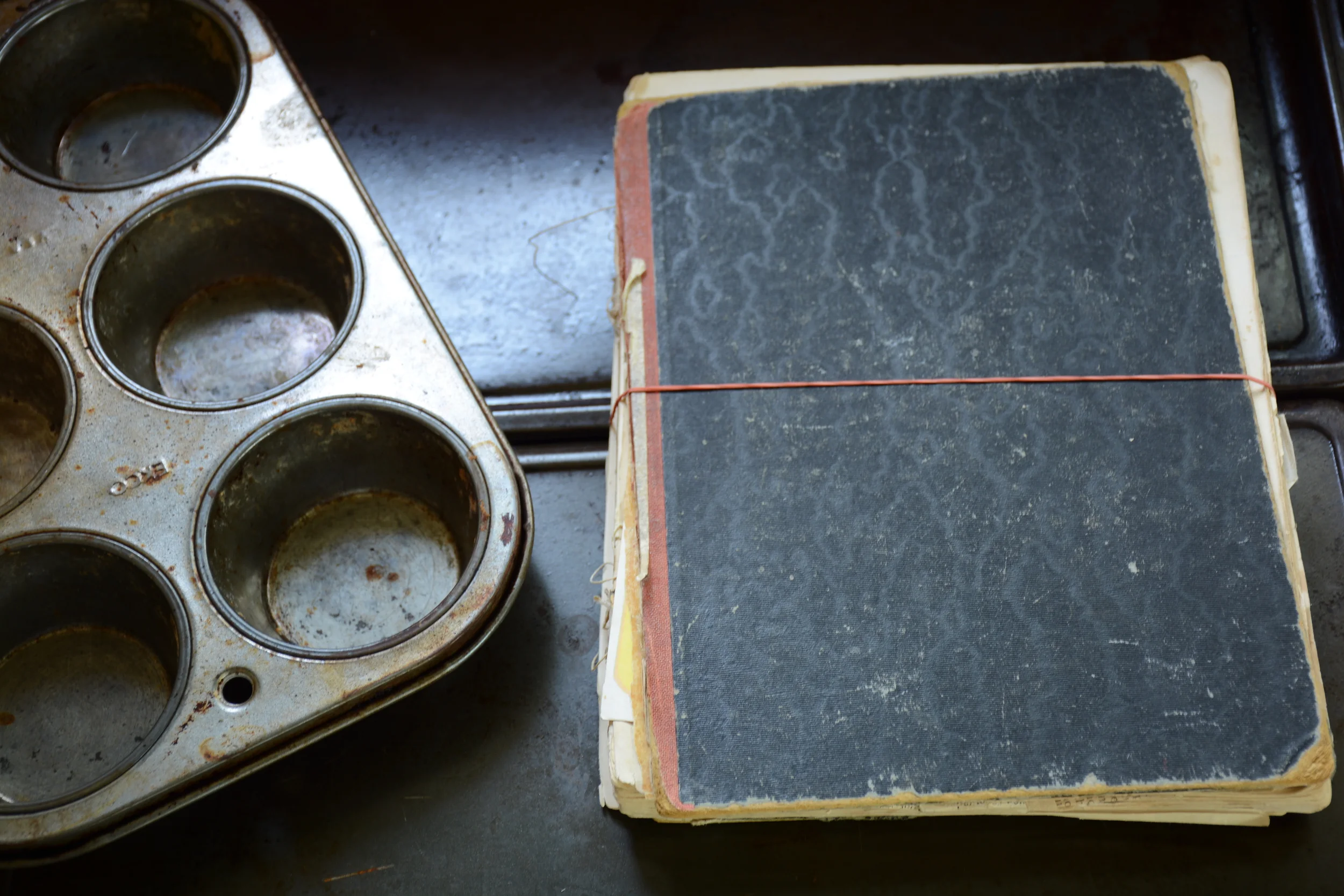Blood Orange Curd - Pressure Canned
/The last Monday of each month, I teach a preserving class at The Depanneur. During the summer months, the classes fill up quickly as people are excited about getting all of the wonderful local, in season produce into jars. In the winter when the winter blah's have set in, the world is white and local produce lacks the excitement of the bursting, juicy raspberries of summer - it is a little more difficult to get people excited about the idea of preserving.
This month we decided that it was time to teach a Pressure Canning 101 class and to 'sexify' it up we chose Blood Orange Curd. Today, I gave the adapted recipe a test run just in time for tomorrow's class and also because the blood oranges looked too delicious to just sit there for the next 24 hours.
Blood Orange Curd (adapted from a recipe by Linda Amendt)
Ingredients
· 1 2/3 cups superfine sugar
· 1/3 cup fresh blood orange zest
· 4 large eggs
· 8 large egg yolks
· 1 cup strained fresh blood orange juice (5-6 orange
· 2/3 cup unsalted butter, chilled and cut into approx. 10 pieces
Preparation:
Place a medium glass or metal bowl in the fridge to chill.
In a small bowl, combine the superfine sugar and orange zest, stirring until well blended. Let stand for 30 minutes to allow the sugar to pick up the citrus flavor of the zest.
Fill the bottom pan of a double boiler or medium saucepan about ¼ full of water. Over med-high heat bring the water to a gentle boil.
In the top pan of a double boiler or a medium metal bowl, lightly beat the whole eggs and egg yolks. Gradually whisking in the sugar and the zest until well blended. Stir in the blood orange juice. Add the butter.
Place the pan or bowl over the pan of boiling water. Make sure the top pan sits well above the water so the curd will be cooked by the steam only, not the boiling water. Reduce the heat to keep the water from boiling too vigorously.
Slowly heat the mixture, stirring constantly with a flexible spoon or spatula. Stir gently or the curd will be filled with tiny air bubbles. Scrape the bottom of the pan frequently to prevent scorching or curdling. Cook the mixture until it reaches a temperature between 168F and 170F (76C and 77C) about 5-7 minutes.
Remove the top pan or bowl from the double boiler and place it on a dish towel. Continue to stir the mixture until the curd thickens and coats the back of a metal spoon, about 5 minutes.
Remove the chilled bowl from the fridge. Place a fine meshed sieve over the bowl. Slowly pour the curd through the sieve and into the chilled bowl to strain the zest and any small lumps from the curd. Gently stir the curd to remove any trapped air bubbles.
Ladle the curd into hot jars, leaving 1/4” head space. Using a plastic knife, remove any trapped air bubbles. Wipe the jar rims and threads with a clean, damp cloth. Cover with hot lids and apply screw rings. Process 125 and 250ml jars for 10 minutes at 10 pounds of pressure in a weighted gauge pressure canner or 10 minutes at 11 pounds pressure in a dial gauge pressure canner.
Yields 3-250ml jars




